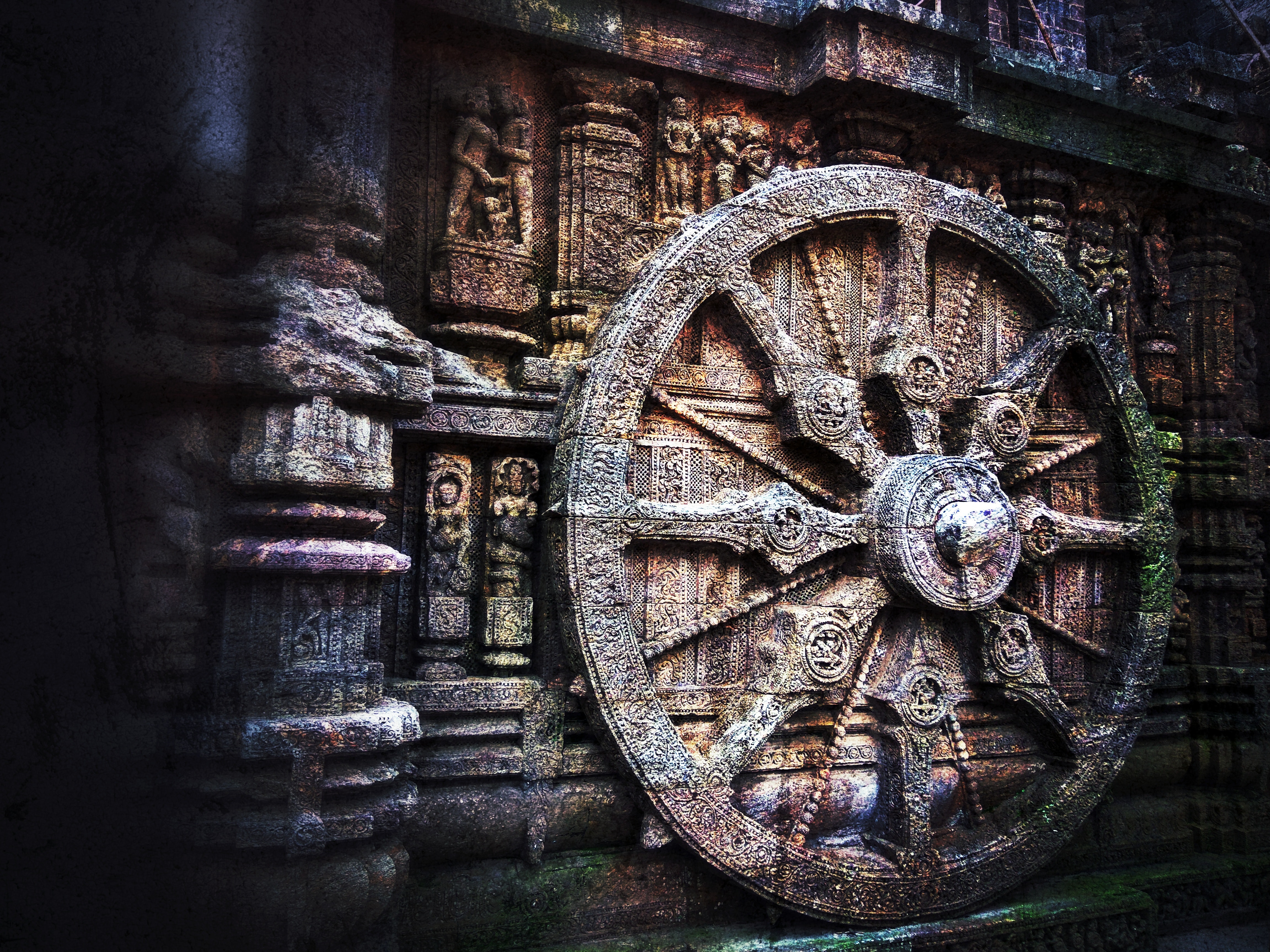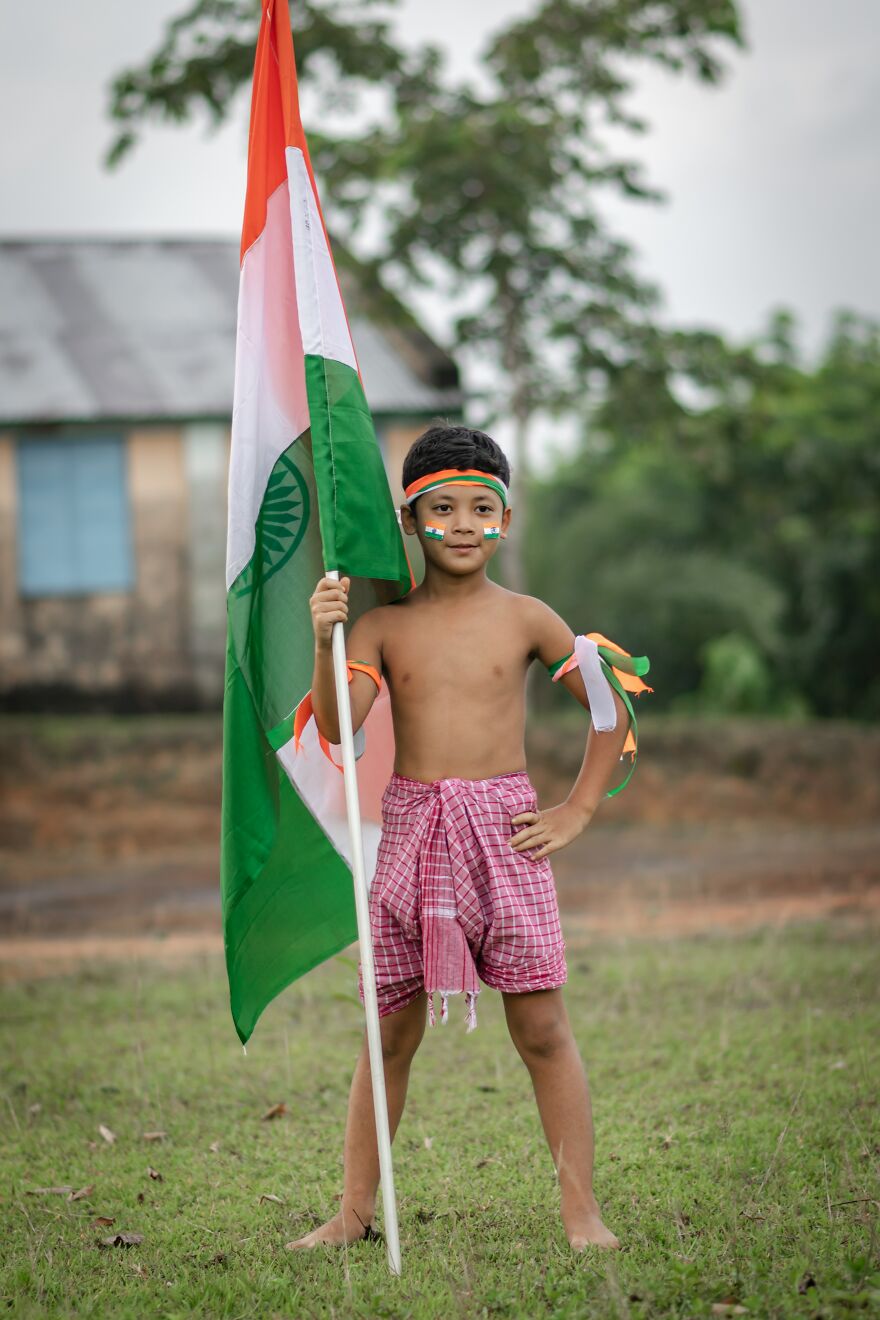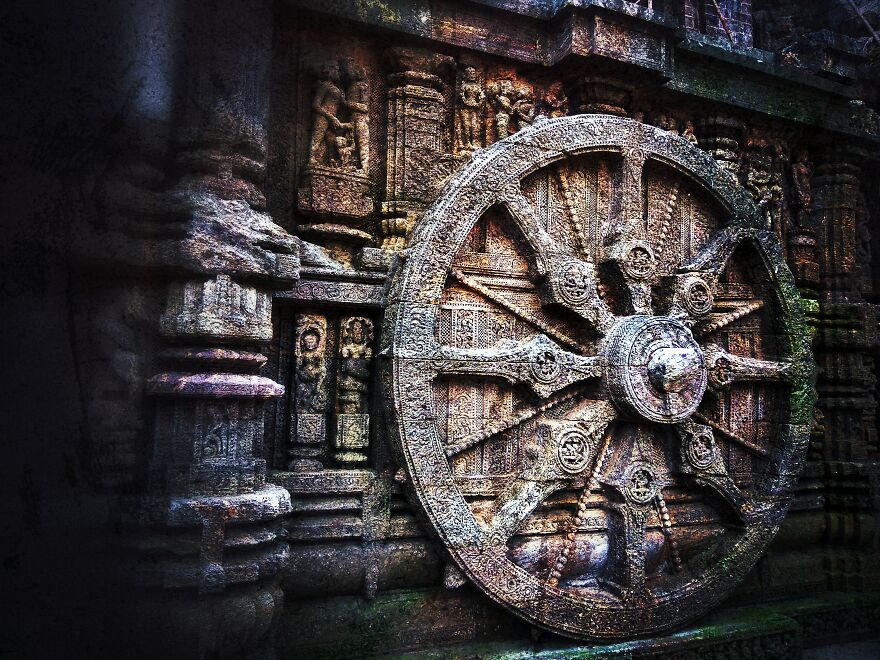Top 10 facts about India…
India, located in the south of Asia, is a country with a plethora of wonderful tourist attractions. There is something for everyone, whether you wish to see the magnificent Taj Mahal, walk through the Indian Himalayas, or eat your way through the many different types of mouthwatering curry. India also boasts a diverse range of wildlife and numerous national parks to visit if you wish to see the elusive tiger. This country should be on your bucket list if it isn’t already. Before you start planning your vacation to India, here are 15 fascinating facts about the country.
1. INDIA HAS THE WORLD’S SECOND-LARGEST POPULATION.
India currently has the world’s second-largest population, with China having the largest. The country’s population is projected to be approximately 1.3 billion people, with Delhi and Mumbai, each with a population of over 10 million people, being the most populous cities.
India was the first developing country to implement a family planning programme in 1951. India’s population has quadrupled since then. According to current projections from the United Nations Department of Economic and Social Affairs, the country’s population would reach 1.5 billion by 2030 and 1.64 billion by 2050.
2. IN INDIA, COWS ARE CONSIDERED SACRED.
Hinduism is one of India’s primary religions, and it is for this reason that cows are revered in this country. Cows are revered in Hinduism and are thus protected, honoured, and handled with reverence. Bhoomi, the Hindu Goddess of the Earth, is frequently depicted as a cow.
3. VARANASI IS ONE OF THE WORLD’S OLDEST LIVING CITIES, ACCORDING TO Historians.
Varanasi, located in the Indian state of Uttar Pradesh, is not only India’s spiritual centre, but also one of the world’s oldest cities.
Varanasi, which has a population of nearly one million people, was founded in 11BC. The Ganges River runs through India’s oldest city, and Hindu pilgrims flock there to bathe in the hallowed water and perform traditional funerals. Over 2,000 temples, including the famed Golden Temple, can be seen along the river. Varanasi, once a thriving commerce city, is today a very popular tourist attraction, attracting millions of visitors each year from all over the world.
4. THE WORLD-FAMOUS HOLI FESTIVAL IS HOSTED IN INDIA.
The Holi Festival is a Hindu celebration that lasts two days. It is an Indian festival that honours love, spring, and new life. Holi is traditionally held in March to commemorate the end of winter and the beginning of spring.
People gather around a bonfire on Holi’s first day to commemorate good triumphing over evil. The most well-known day of the event is the second, which has a plethora of colourful perfumed powder, paint, water pistols, and balloons. People launch all of these items at each other in the streets, resulting in a carnage of colour. As a result, the Holi event is sometimes referred to as “the festival of colours.”
5. THE CHENAB BRIDGE WILL BE THE HIGHEST IN THE WORLD WHEN COMPLETED.
The Chenab bridge is located in India’s Jammu and Kashmir region, and it spans the Chenab River (hence the name). It is still being built, but it is projected to be completed by the end of 2021.
Chenab bridge will have a total length of 1,315 metres and a height of 359 metres when completed, making it the world’s highest railway bridge. The Ministry of Indian Railways is in charge of the project, which would cost roughly $92 million.
6. INDIA HAS THE THIRD HIGHEST NUMBER OF BILLIONAIRES IN THE WORLD India is a country where wealth inequality is extreme. In 2019, the richest 10% of the Indian population was estimated to own roughly 80.7 percent of the country’s wealth, and the top 1% of the population (in terms of wealth) earned 21% of the country’s total income.
This makes even more sense when you consider that India is home to the world’s third-largest number of billionaires, trailing only the United States and China. In all, India claims to have around 7,000 ultra-high-net-worth people (UHNWIs) with assets exceeding $30 million and approximately 140 billionaires.
7. INDIA HAS THE WETEST INHABITED PLACE ON THE PLANET.
Meghalaya is a state in northeast India that is home to the world’s wettest inhabited place. Every year, the village of Mawsynram receives an average of 12,000mm (470 inches) of rain. That equates to around 33mm of rain per day!
Because it is so damp here, many who work outside like to use full-body umbrellas constructed of banana leaf and bamboo.
8. INDIA CREATED THE GAME “SNAKES AND LADDERS”
Snakes and ladders is a board game that originated in ancient India. Back then, the game was called Mokshapat or Moksha Patamu. Although it is unknown who originated the game, it is thought to have been played as early as the 2nd century BC.
Historians say it was developed to teach youngsters values and karma teachings in a way that they could grasp. Originally, the squares where the ladders begin were supposed to represent virtue, while the squares with a snake’s head were supposed to represent evil. The number of snakes in the original hindu game outweighed the number of ladders.
9. INDIA PRODUCES APPROXIMATELY 70% OF THE WORLD’S SPICES.
A spice is a plant material that is mostly used for colouring or flavouring food. For their mouthwatering curry recipes, India uses a lot of spices, which is undoubtedly one of the reasons this food has grown so renowned around the world.
Today, India produces over 70% of the world’s spices, which is incredible! Black pepper, cinnamon, ginger, nutmeg, paprika, turmeric, and vanilla are among the most popular spices.
10. THERE IS A GLACIAL LAKE THAT IS WELL-KNOWN.
Roopkund Lake is located in Uttarakhand, at the base of the Trisul peaks, a group of three Himalayan peaks. The lake is nicknamed ‘the lake of bones’ because of its elevation of 5,029 metres above sea level.
Hundreds of human bone remains were discovered by a British forest ranger patrolling the region in 1942. To date, approximately 600-800 skeletons have been discovered here. The lake is frozen for the majority of the year, and the bones are only visible when the snow melts.
Scientists discovered that some of the skeletons were over 1,200 years old after carbon dating some of the remains. Even stranger, some people
More info: youtube.com
321views
Share on FacebookAww, no mention of the ancient vault that's been sealed for years and they have no idea what's in it, but it's supposed to be cursed? One of the most fun facts about india.
They should open it before we're left wondering what's in it and something more catastrophic happens and we forget about it.
Load More Replies...I was fortunate enough to visit Varanasi. Huge culture shock for me and I loved being so far outside of what I was used to. I went primarily because I find religion fascinating and wanted to visit somewhere with religious significance. Visiting the banks of the Ganges while my guide explained rituals and ceremonies performed for the dead was just a once-in-a-lifetime experience and very moving. Also, I had a dancing contest with a cow. Kinda. I was crossing the laneway outside my hotel and a cow was right in the way. I moved left, he moved left. I moved right, he moved right. I went left again, the cow went left. The cop on the corner near me started laughing and said "just wait a moment, the cow will go". And, he did. Surreal moment!
Aww, no mention of the ancient vault that's been sealed for years and they have no idea what's in it, but it's supposed to be cursed? One of the most fun facts about india.
They should open it before we're left wondering what's in it and something more catastrophic happens and we forget about it.
Load More Replies...I was fortunate enough to visit Varanasi. Huge culture shock for me and I loved being so far outside of what I was used to. I went primarily because I find religion fascinating and wanted to visit somewhere with religious significance. Visiting the banks of the Ganges while my guide explained rituals and ceremonies performed for the dead was just a once-in-a-lifetime experience and very moving. Also, I had a dancing contest with a cow. Kinda. I was crossing the laneway outside my hotel and a cow was right in the way. I moved left, he moved left. I moved right, he moved right. I went left again, the cow went left. The cop on the corner near me started laughing and said "just wait a moment, the cow will go". And, he did. Surreal moment!







6
4